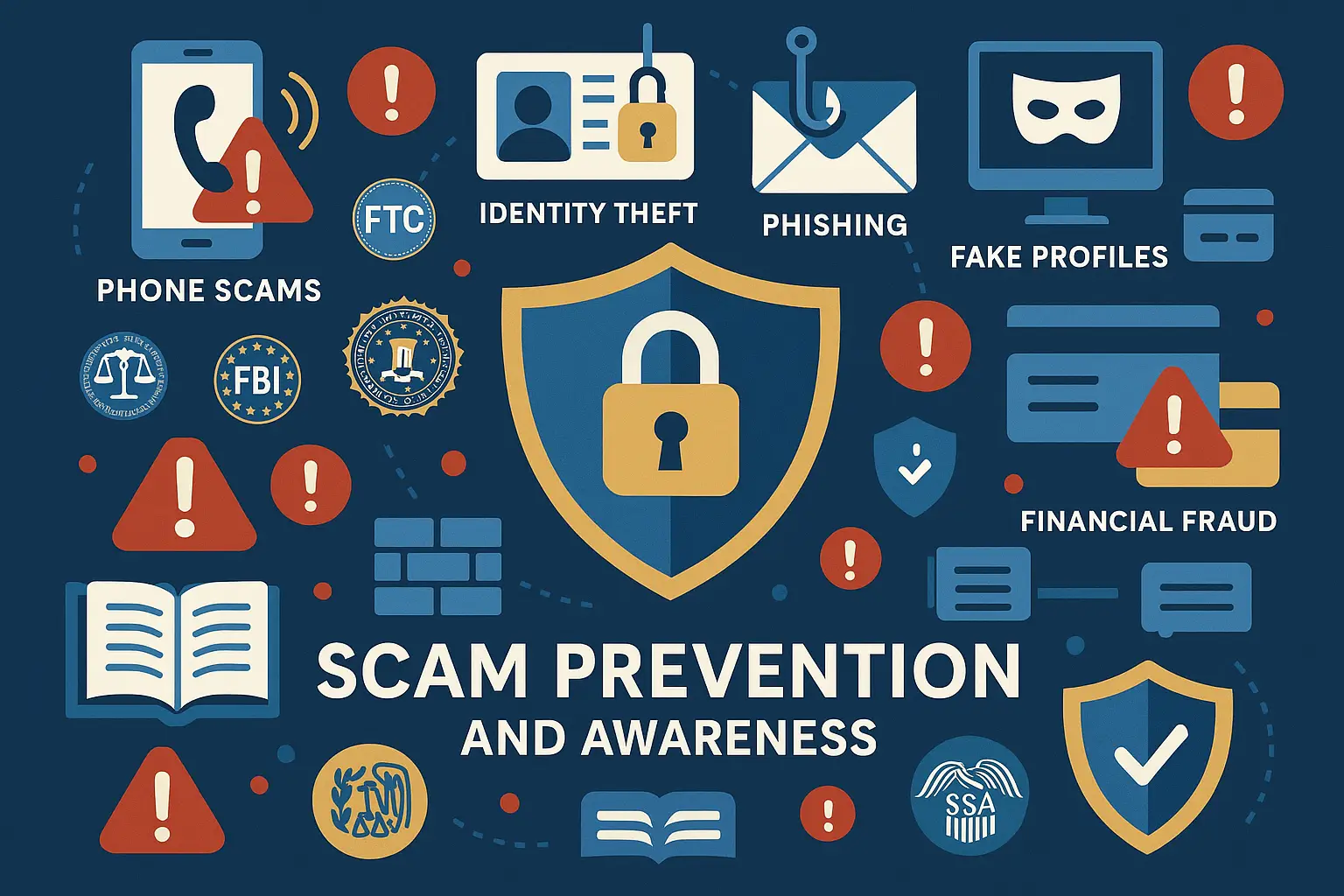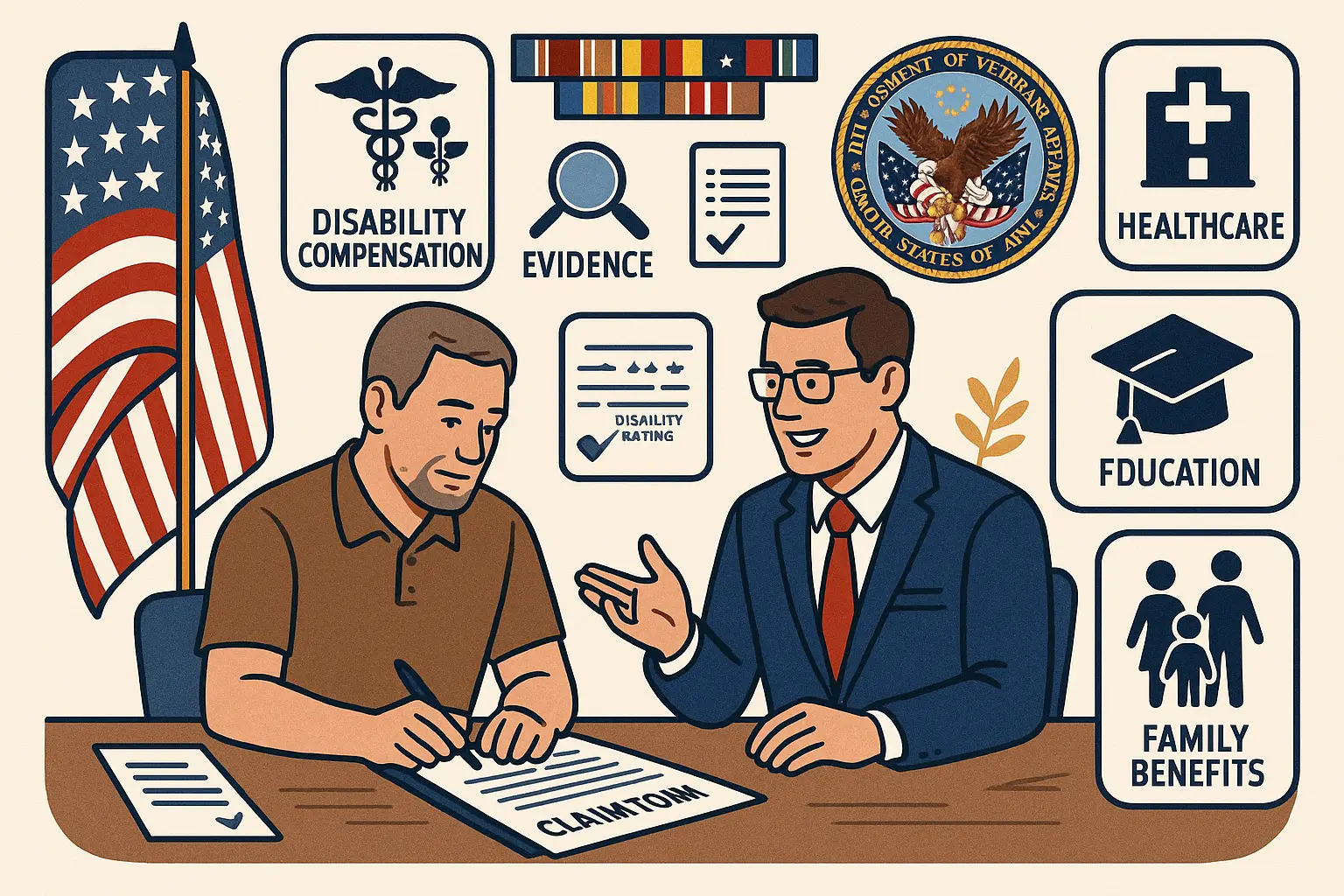Why Application Tips Matter
Applying for positions or programs in the federal government, financial aid, or business services can be intimidating. Federal agencies require applicants to follow a detailed application process with precise documentation. Even a single missing form can hinder candidates' consideration.
The right application tips help individuals manage deadlines, meet eligibility requirements, and create complete packages that hiring officials or program reviewers can evaluate fairly. By following personnel management guidance from the Office of Personnel Management, applicants can prepare strong submissions that increase their chances of success.
Application tips are not just for federal employment. Small business owners seeking SBA loans, students applying for federal education funding, and individuals exploring other government benefits all benefit from clear direction. By learning how to prepare, submit, and track applications, applicants receive fair consideration and can access programs that support careers, education, or business goals.
Eligibility Requirements Across Programs
Federal Employment
For most federal employment opportunities, applicants must be U.S. citizens, although some positions may allow legal residents. The Office of Personnel Management defines eligibility with age minimums, education, and specific job qualifications. Veterans may qualify for preference under executive order guidelines. Applicants must pass a background investigation and, in certain positions, meet national security standards.
Small Business Administration Loans
Business applicants must meet SBA size standards. Industry-specific requirements vary, but most small businesses must operate independently, not dominate their field, and meet employee or revenue thresholds. Companies must submit tax returns, financial statements, and supporting documents as part of the application process.
Federal Student Aid
Students must have U.S. citizenship or eligible noncitizen status, a valid Social Security number, and enrollment in a qualified program. Males ages 18–25 must register with the Selective Service. Applicants must maintain academic progress and provide accurate financial data when completing the FAFSA. The Department of Education verifies eligibility before aid is awarded.
Step-by-Step Application Process
Federal Employment Applications
- Create an Account: Start by creating a profile on USAJOBS.gov, where you will enter your education, work experience, skills, and contact information, including a telephone number and email address.
- Search Job Announcements: Review open federal job postings by title, location, or agency, paying close attention to the listed qualifications, salary ranges, and application deadlines.
- Prepare a Federal Resume: Federal resumes differ from private-sector resumes because they require detailed job history, supervisor information, and specific accomplishments. Take time to ensure your resume is comprehensive and follows federal guidelines.
- Submit Supporting Documents: Upload all required documents, such as transcripts, certifications, or licenses, to ensure your application is complete and considered.
- Track Application Status: Monitor updates in your USAJOBS account to see whether your application is being reviewed, referred, or selected. Hiring officials may contact you directly to schedule an interview if you meet the qualifications.
SBA Loan Applications
- Determine Eligibility: The process begins with reviewing SBA loan programs, such as the 7(a) loan or 504 loan, to determine which option best matches your business size, purpose, and financing needs.
- Prepare Documents: Gather the necessary paperwork, including financial statements, tax returns, and proof of ownership, since lenders and the SBA require detailed documentation of your business operations.
- Complete Forms: Fill out the required SBA forms, including Form 1919 (Borrower Information Form) and Form 912 (Statement of Personal History), to provide the agency with details about your business and personal background.
- Work with a Lender: Submit your application through an SBA-approved lender, who will review your documents, assess your eligibility, and guide you through the underwriting process.
- Respond to Requests: Be prepared to provide additional information or clarification if requested by the SBA or your lender, as this step helps ensure your application moves forward without delays.
Federal Student Aid Applications
- Access FAFSA: Begin the process by completing the Free Application for Federal Student Aid (FAFSA) online at StudentAid.gov, where you will provide information about your financial and academic background.
- Provide Information: Enter required details such as Social Security numbers, household income, and dependency status to help determine your eligibility for aid.
- Sign and Submit: Both students and parents must electronically sign the FAFSA before submitting it, ensuring that all information is certified as accurate.
- Review Student Aid Report: After submission, carefully review the Student Aid Report (SAR) for errors or missing information, and make any necessary corrections to avoid delays.
- Receive Award Letter: Once the application is processed, schools will determine the amount of financial aid you are eligible for and send an award letter outlining grants, loans, and work-study opportunities.
Common Mistakes Applicants Should Avoid
- Incomplete Applications: Applications with missing forms or unsigned documents are often disqualified immediately, so it is important to double-check that every section is filled out and properly signed.
- Inaccurate Information: Errors in job history, financial data, or education records can delay approval or even cause your application to be rejected. Always verify your details before submission.
- Late Submissions: Federal services rarely accept applications after the stated deadline, so submitting your materials on time is essential to remain eligible.
- Ignoring Instructions: Each federal agency has its own requirements, and failing to follow directions carefully can result in disqualification. Taking the time to read and follow all instructions increases your chances of success.
- Poor Preparation: Applicants who do not create a checklist or who rely on incomplete records are more likely to face rejection. Careful preparation and organization are key to a strong application.
Best Practices for Strong Applications
- Stay Organized: Keep copies of every form, letter, and record in a secure location so you can quickly reference them if questions arise or additional documents are requested.
- Follow Regulations: Federal agencies and departments publish precise requirements, and meeting them exactly as written is critical to keeping your application eligible.
- Plan Ahead: Submit your applications well before the official deadlines to avoid last-minute problems, including technical issues or missing documents.
- Seek Support: Take advantage of guidance offered by federal employees, SBA representatives, and education offices, and use any available technical assistance to strengthen your application.
- Prepare for Interviews: Review your qualifications carefully, research the agency or program, and be ready to demonstrate genuine interest and preparedness during the interview stage.
This comparison shows that while each program serves different purposes, applicants must prepare carefully, submit accurate information, and respond quickly to requests.
Helpful Resources for Applicants
- USAJOBS.gov: This is the official federal job search and application portal, where applicants can create profiles, search for open positions, and submit applications.
- SBA.gov: The Small Business Administration website provides resources, loan information, and downloadable forms for entrepreneurs and business owners.
- StudentAid.gov: Applicants for federal student aid can complete the FAFSA, review eligibility requirements, and access educational funding resources through this portal.
- Benefits.gov: This comprehensive directory helps individuals explore a wide range of federal and state benefits, check eligibility, and connect to the appropriate programs.
Applicants should also explore personnel management OPM resources, review federal workforce guidance, and consult agencies directly for program-specific requirements.






